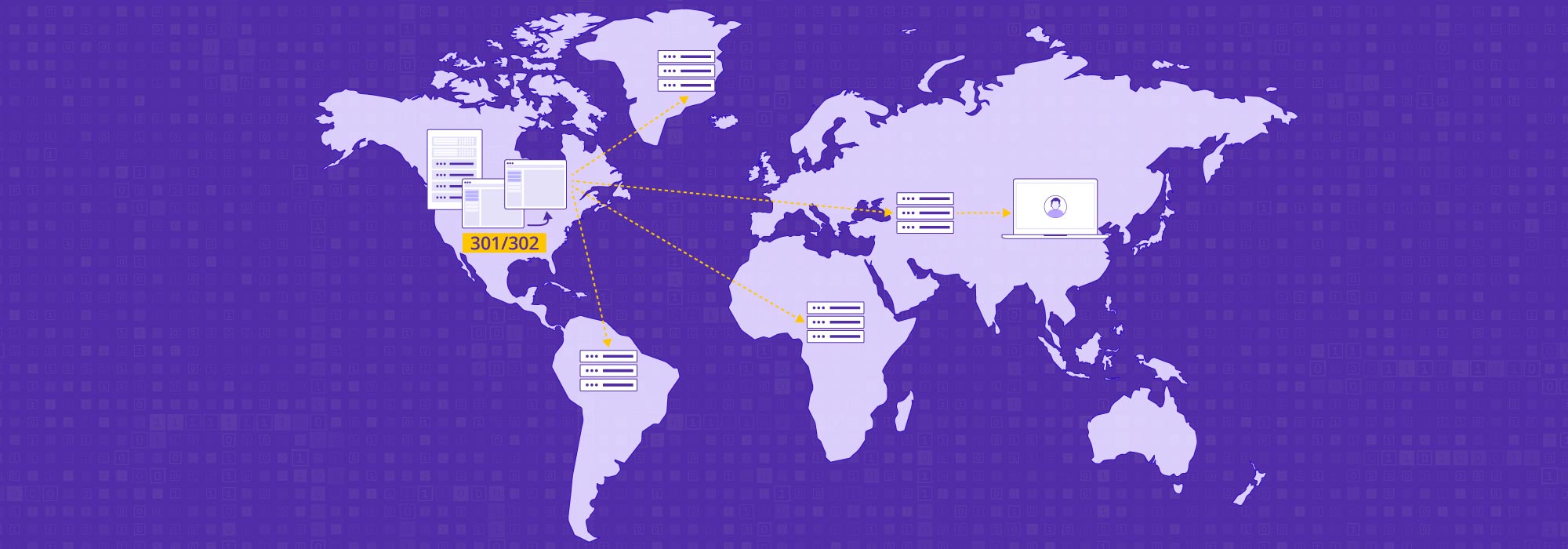A Web Application Firewall or WAF is a network security system that helps protect web applications from various types of attacks by making sure that a web server only receives legitimate traffic.
Firewalls are systems that monitor and control traffic that enters and leaves the network. It acts as a barrier between your network and the open internet.
A web application firewall is a specific type of firewall that focuses on the traffic going to and leaving web apps. Standard firewalls act as the first level of security but today’s websites and web services need more security. This is where WAFs provide specialized capabilities and thwart attacks specifically aimed at the applications themselves.
Looking for a WAF Solution? Check out CDNetwork’s Application Shield.
How Does a Web Application Firewall (WAF) Work?
A WAF works by filtering, monitoring, and blocking suspicious HTTP/s traffic between a web application and the internet.
Implementing traditional firewalls have been a basic cybersecurity practice for a while. These are deployed around networks and operate in the Layers 3 to 4 in the Open Systems Interconnection (OSI) Model. Their role is limited to inspecting packets over the IP and TCP/UDP protocol and filtering traffic based on IP addresses, protocol types and port numbers.
A WAF on the other hand operates at Layer 7 (L7) of the OSI model and can understand web application protocols. They are essential to analyze the traffic going to and from a web application and to prevent attacks that might otherwise go undetected through a traditional network firewall and can be used as part of a positive or negative security model.
When deploying a WAF, it acts as a reverse-proxy shield between an application and the internet. A proxy server is an intermediary that protects a client machine. Reverse-proxies on the other hand ensures that the clients pass through it before reaching a server. Crucially, a WAF can be used to protect multiple applications that it is placed in front of.
A WAF uses a set of rules called policies to filter out malicious traffic from taking advantage of application vulnerabilities including the OWASP Top 10. These security policies are often based on known web attack signatures, including scanpoints like HTTP Headers, HTTP Request Body and HTTP Response Body. The set of rules can also be specified to detect patterns in URL or file extension, to restrict URI, header and body length, to detect SQL/XSS injection, zero-day exploits and even bots based on their signature detection and behavior
The key benefit of using a WAF is that these policies can be modified and implemented quickly and with ease. Some WAF providers also provide functionalities for load balancing, SSL offloading, and intelligent automation of these policy modifications using machine learning to optimize your cloud security. This makes it easy to adapt and respond to varying attack vectors and for Distributed Denial of Service (DDoS) protection.
On its own, a WAF cannot protect against all attacks. But it can enhance web application security to protect against these common attacks:
Cross-Site Forgery
These are attacks that force authenticated users of a web application to take actions that compromise the security of the app. Usually, an attacker tricks the user to click on a link by sending them a link via email. Once the user authentication and logins are completed, the user can be forced to perform requests such as transferring funds or changing their profile details and email addresses. If the attack is aimed at an admin account and becomes successful, it could compromise the entire web application.
Cross-Site Scripting
Cross-site scripting attacks are those where an attacker injects malware into a client’s browser to steal data including session cookies or edit the content to show false information. This usually happens when a dynamic website that contains scripts in JavaScript, PHP, and .NET is injected with malicious code. When a user loads the web page, the attacker’s malicious scripts are executed. For example, the user’s cookie may be sent to the attacker who can use it for impersonation.
SQL Injection
These are attacks where the attackers try to inject malicious SQL commands into websites and applications which have user-input data fields such as contact forms. The injected code can gain unauthorized access to databases and run commands to extract or modify private information contained in the databases.
Need DDoS Protection and high-performance security solutions? CDNetwork’s Flood Shield is perfect for DDoS attacks mitigation.
What Are The Different Types of WAFs?
A WAF protects web applications by utilizing threat intelligence and blocking attacks that satisfy certain pre-set criteria while allowing approved traffic. They help protect against cross-site forgery, cross-site scripting, SQL injection, and file inclusion where attackers try to gain unauthorized access to an application to steal sensitive data or compromise the application itself.
A WAF can be one of three types based on the way they are implemented.
Network-Based WAF
This is usually a hardware-based WAF and is installed locally. This means that it is placed close to the server and is, therefore, easier to access. As is the case with hardware-based deployments, they help minimize latency but can be expensive to store and maintain.
Host-Based WAF
A host-based WAF is one that is fully integrated into an application’s software. It exists as a module inside the application server. This type of WAF is less expensive than a network-based WAF and is more customizable. On the downside, they can drain the local server resources and affect the performance of the application. They can also be complex to implement and maintain.
Cloud WAF
A Cloud-based WAF is more affordable and requires fewer on-premises resources to manage. They are easier to implement and often delivered as SaaS by a vendor. offering a turnkey installation as simple as changing the DNS to redirect web traffic. Because of the cloud service model, they also have minimal upfront cost and can be continuously updated to keep up with the latest attacks in the threat landscape. CDNetworks offers a cloud-based WAF that is integrated with our global data centers and content delivery network (CDN) and prevents web application-layer attacks in real-time.


